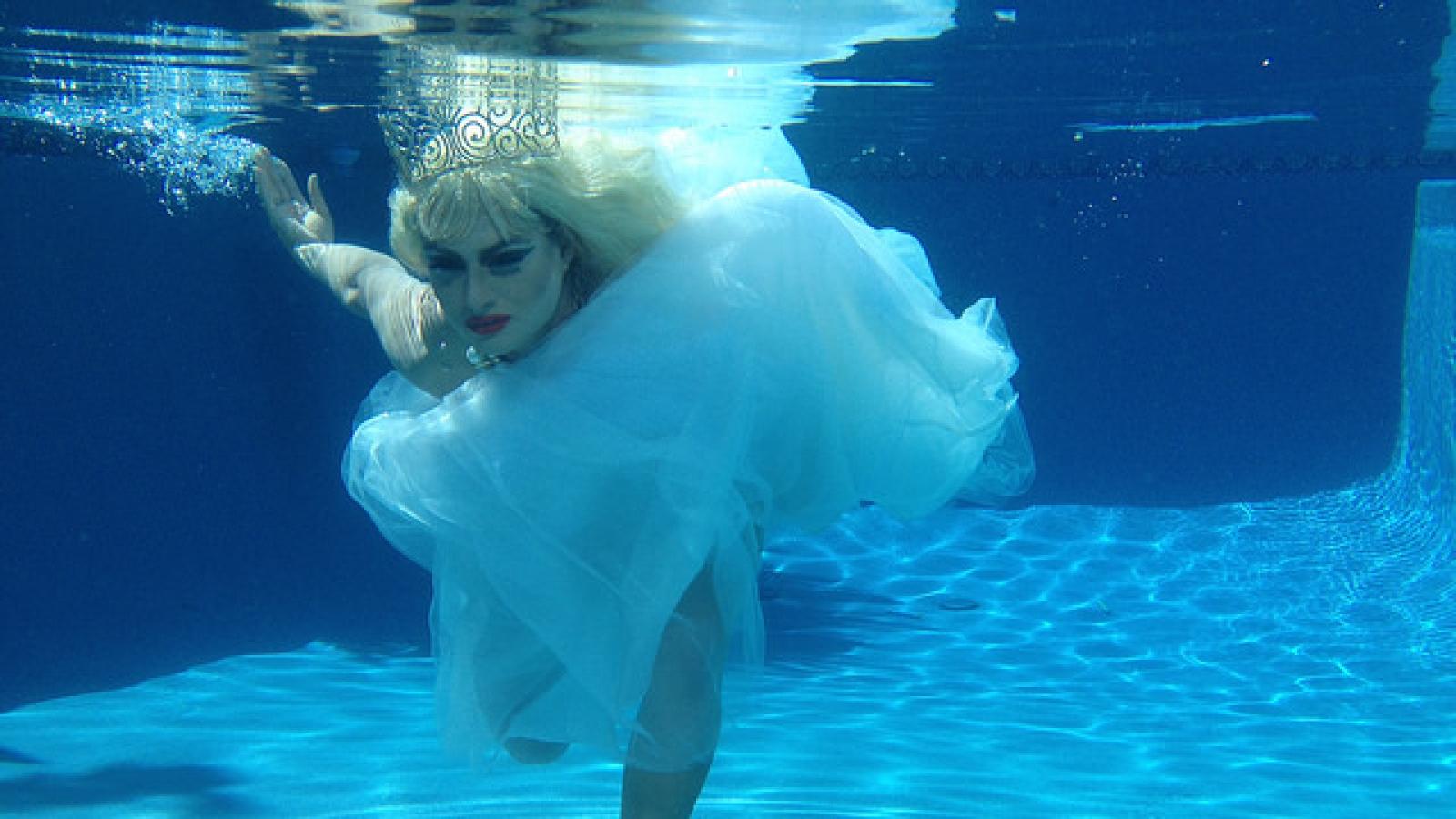Expanding Opportunities for Queer Culture

In the late 80s, there was no true arts or cultural center for the LGBTQ community in San Francisco, the city which had—and has—the largest LGBTQ population in the country. As Pam Peniston remembers discussing with her peers, “That’s insane.” As part of Mayor Art Agnos’s Cultural Affairs Task Force, which convened in 1989, Peniston explored ways to redistribute San Francisco’s cultural funding in a way that benefited both major institutions such as the ballet and symphony, as well as smaller grassroots organizations that represented the city’s vast and vibrant minority communities.
The fight for funding proved successful, and Peniston launched the Queer Cultural Center (QCC) in 1993 with nine co-founders. Peniston, who is now the organization's artistic director, said that the main question the QCC starts with is “What do artists need?” The most basic response that drives the organization is that queer artists “need to have access, they need to be able to be taken seriously, they need to be considered.”
This extends not just to the LGBT community as a whole, but to minorities within the community itself. “The queer community is really privileged in that we have members of every class and ethnicity and gender style and economic level and ability,” said Peniston. “We always look for the voices that aren't necessarily heard elsewhere.” For example, on the day we spoke, QCC was presenting a program called Body of Work, which featured writings and performances from queer disabled artists. The prior weekend, they had staged Y’All Come Back, featuring stories about the migration to and from the South by queer artists. Both performances were part of the National Queer Arts Festival, QCC’s largest program, which is held over May and June.
In the past few years, the QCC has expanded its mission from creating presenting opportunities for artists to helping them further develop professional skills. “It's the giving a man a fish versus teaching a man to fish mode,” said Peniston. For instance, in addition to its presenting work, QCC now also holds workshops in program and artistic planning, grant writing, marketing, and tax filing.
Next year, the QCC will take this approach to the national stage with their inaugural National Queer Arts Summit, which received NEA funding. Scheduled for April 2016, the convening will not only offer educational support, but will give artists a chance to connect with presenters from around the country. Peniston cited choreographer Sean Dorsey, founder of NEA-supported Fresh Meat Productions and Sean Dorsey Dance, who helped gained early exposure through a National Queer Arts Festival performance, and now tours nationally. “We want to duplicate that opportunity for other artists,” said Peniston, “and have our [local] artists meet up with those from out of town.”
In the end, Peniston hopes that all their programs, from the Summit to the Festival to their workshops, will result in new opportunities for artists to present their work, providing them with outlets for expression and a source of validation, and giving audiences a chance to gain insight into the queer community. For LGBTQ audience members, seeing their lives reflected onstage offers a chance to discover new possibilities for themselves. “Audiences beget more artists,” said Peniston. By seeing their peers perform, “people begin to take themselves seriously as artists who didn't think they had a chance.”




